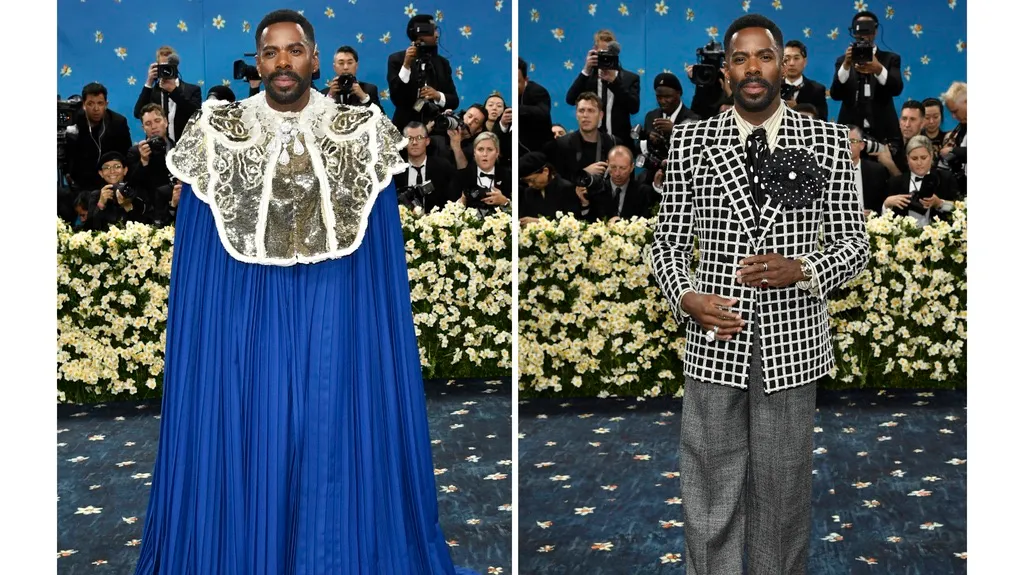December 26, 2013
The Berkshires: Art Reimagined at The Clark This Summer
Matthew Wexler READ TIME: 3 MIN.
The Sterling and Francine Clark Art Institute, located in Williamstown, Mass, will inaugurate new and expanded facilities on its 140-acre campus on July 4, 2014. The project, which reconceptualizes the visitor's experience of the Clark, culminates a decade-long expansion program and represents the most significant transformation of the Institute since its first building opened to the public in 1955.??
Combining the talents of three noted architects, the project unites a new Visitor Center designed by Tadao Ando Architects, Osaka, Japan, with an expanded Museum Building and the renovated Manton Research Center, both designed by Selldorf Architects, New York. These buildings surround a new one-acre reflecting pool, the highlight of a dramatic rethinking of the Clark's landscape designed by Reed Hilderbrand, Watertown, Massachusetts. The expansion project adds more than 16,000 square feet of gallery space, supporting the Clark's expanded collection and exhibition programs, and establishes the Institute as a leader in best practices for sustainability and energy efficiency.??
"The expansion project advances the Clark's dual mission as both an art museum and a center for research and higher education," said Director Michael Conforti. "Since developing our master plan more than ten years ago, we have worked diligently to connect our program and support spaces with our extraordinary landscape, all with the goal of best serving the thousands of people who come from all over the world to visit the Clark each year. What now looks simple, and so logical, has been achieved through a complex and environmentally sensitive design and construction program that unites many disparate parts." ??
What’s New at The Clark
The final phase of the project includes:
"The addition of special exhibition and education space in the new Visitor Center, coupled with the renovation of our Museum Building, enables us to present our collection and expand the provocative exhibitions for which the Clark is noted in new and interesting ways," Conforti said.
"In the Manton Research Center we have created an environment that provides greater public access to our research and academic mission by enhancing our library facilities and creating a dedicated study center and gallery for our growing collection of works on paper. On the campus, Reed Hilderbrand's work has brought renewed ecological health to the land, helping to improve our significant natural assets."
At the time of the opening, the Clark will present four inaugural special exhibitions and the reinstallation of its extraordinary art collections, demonstrating both the depth and breadth of the Clark's holdings, and integrating new scholarship in its interpretation of these works. The exhibitions include Make It New: Abstract Paintings from the National Gallery of Art, 1950-1975; Cast for Eternity: Ancient Ritual Bronzes from the Shanghai Museum; Raw Color: The Circles of David Smith, and Photography and Discovery.??
The reinstallation of the permanent collection also marks the return of seventy-three works from the Clark's collection of 19th century French paintings after a three-year world tour. Some two million people have seen the collection at ten venues, from the Museo del Prado in Madrid to its most recent presentation at the Shanghai Museum.
Matthew Wexler is EDGE's Senior Editor, Features & Branded Content. More of his writing can be found at www.wexlerwrites.com. Follow him on Twitter and Instagram at @wexlerwrites.





